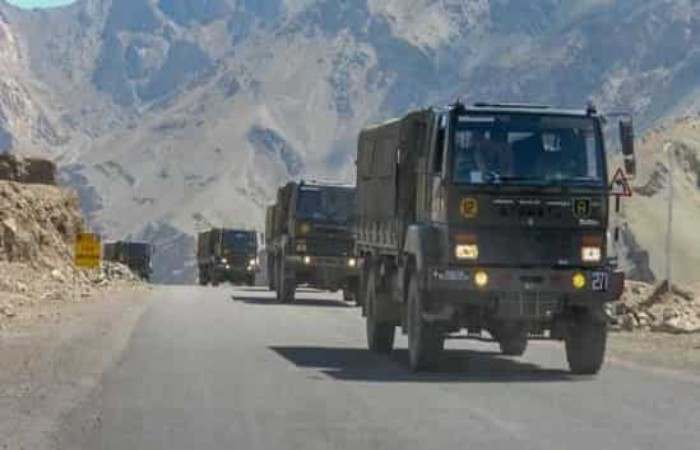New Delhi, April 09:
India and China on Friday held yet another round of military dialogue in eastern Ladakh to reduce tensions along the Line of Actual Control (LAC), where both sides have been locked in a standoff for over 11 months and are currently negotiating a withdrawal of troops and weapons from friction points on the disputed border, officials familiar with the developments said.
The talks began at 10:30am on the Indian side of the Chushul-Moldo meeting point and were on when this report was filed on Friday night. The focus of current military talks is on negotiating the next steps of a complex disengagement process that was completed in Pangong Tso in mid-February with the pull back of front-line troops and weapons, the officials said. India’s aim to restore the status on LAC to what it was in April 2020.
The 11th round of talks between corps commander-ranked officers was expected to focus on outstanding problems with the People’s Liberation Army (PLA) at Hot Springs, Gogra and Depsang, as reported by Hindustan Times on Friday. A joint statement on the talks could be issued in a day or two, said one of the officials cited above.
While disengagement began and ended in the Pangong Lake sector in less than 10 days, it appears to have lost its initial momentum going by the lack of progress at other friction points on LAC.
“I think we need to put constant pressure on the Chinese to get them to agree to restore status quo ante. It appears that we are satisfied with the Pangong Tso agreement and considering other areas as predating the current standoff. This will only make resolution of Depsang difficult,” said former Northern Army commander Lieutenant General DS Hooda (retd).
The PLA’s deployments in Depsang have hindered access of Indian soldiers to routes including the ones leading to Patrolling Points (PP) 10, 11, 11-A, 12 and 13.
The Indian Army’s patrolling activity has also been affected in Gogra and Hot Springs, where rival troops are forward deployed and where skeletal disengagement took place last year, but the gains could not be consolidated.
The 10th round of talks between corps commander-ranked officers of the two armies took place on February 20 after the completion of disengagement on strategic heights on both banks of Pangong Tso. Both sides pulled back their frontline troops, tanks, infantry combat vehicles and artillery guns under the disengagement agreement.
At a marathon 16-hour meeting between senior commanders on February 20, the Indian and Chinese armies agreed to resolve outstanding issues at friction points on the LAC in a “steady and orderly” manner and were unanimous that the Pangong Tso disengagement provided “a good basis” for resolving pending problems.
On March 12, Indian and Chinese diplomats agreed to ensure stability along the LAC in the Ladakh sector and to convene the 11th meeting of senior military commanders soon to take forward disengagement and de-escalation at friction points on the disputed border.
Those outcomes were agreed upon during a virtual meeting of the Working Mechanism for Consultation and Coordination (WMCC) on border affairs between the two countries.




